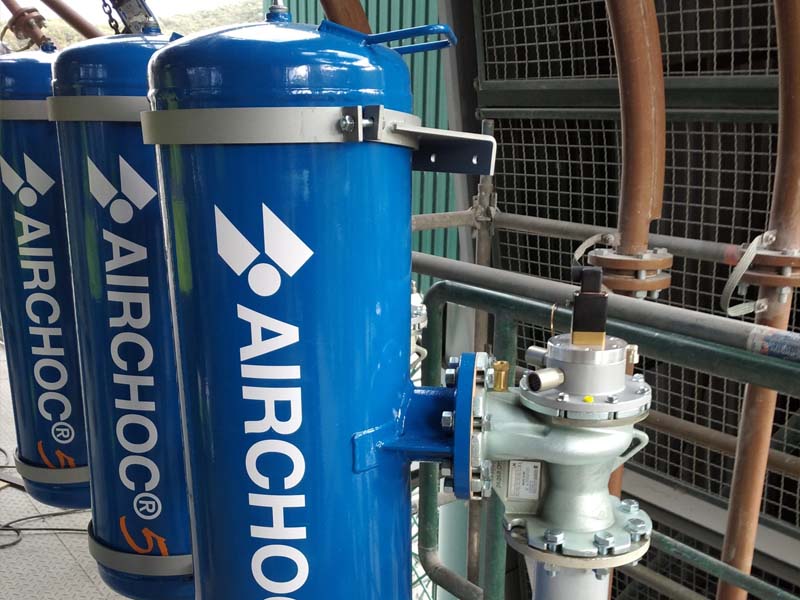STANDARD INDUSTRIE INTERNATIONAL
The preventive maintenance is carried out upstream of a breakdown in order to prevent the machine, silo or hopper to get damaged. This preventive maintenance can be done randomly, without real monitoring of the machines, or it can be scheduled at regular intervals.
One of the objectives of this preventive maintenance is of course to reduce the costs by reducing the maintenance budget, to reduce the costly corrective maintenance or to reduce the workload and the economy of overconsumption (electrical, diesel, grease and lubricants, spare parts…) and will help to manage stocks more appropriately.
On the other hand, well-maintained equipment in good time will improve the working conditions: a leaking conveyor belt will create dust, a noisy motor or a worn belt will generate noise discomfort. We can distinguish 3 kinds of preventive maintenances:
Systematic maintenance
The systematic maintenance is planned over time depending on the use of the product or element. For example the change of filters on a car air conditioning is done after a certain duration in order to avoid pollution of the passenger compartment and the proliferation of germs.
In industry, it could be the belt of a machine like a vacuum cleaner: the electric motor drives a pump like a Roots for example via a belt. It needs to be replaced according the number of hours or after a certain time.
The forecasted maintenance
In the case of the forecasted maintenance, there is a strict monitoring of the equipment via analysis or tests in order to determine the state of the equipment and to define the period of intervention.
For example, defining the quality of the water in a swimming pool with weekly or even daily analysis until a quality limit is reached and defining the date of water change.
In the industrial sector, monitoring of pneumatic equipment such as a compressed air reservoir has a certificate defining its period of use. It must be regularly checked to detect leaks or defects before replacement, repair or renewal of the test certificate.

